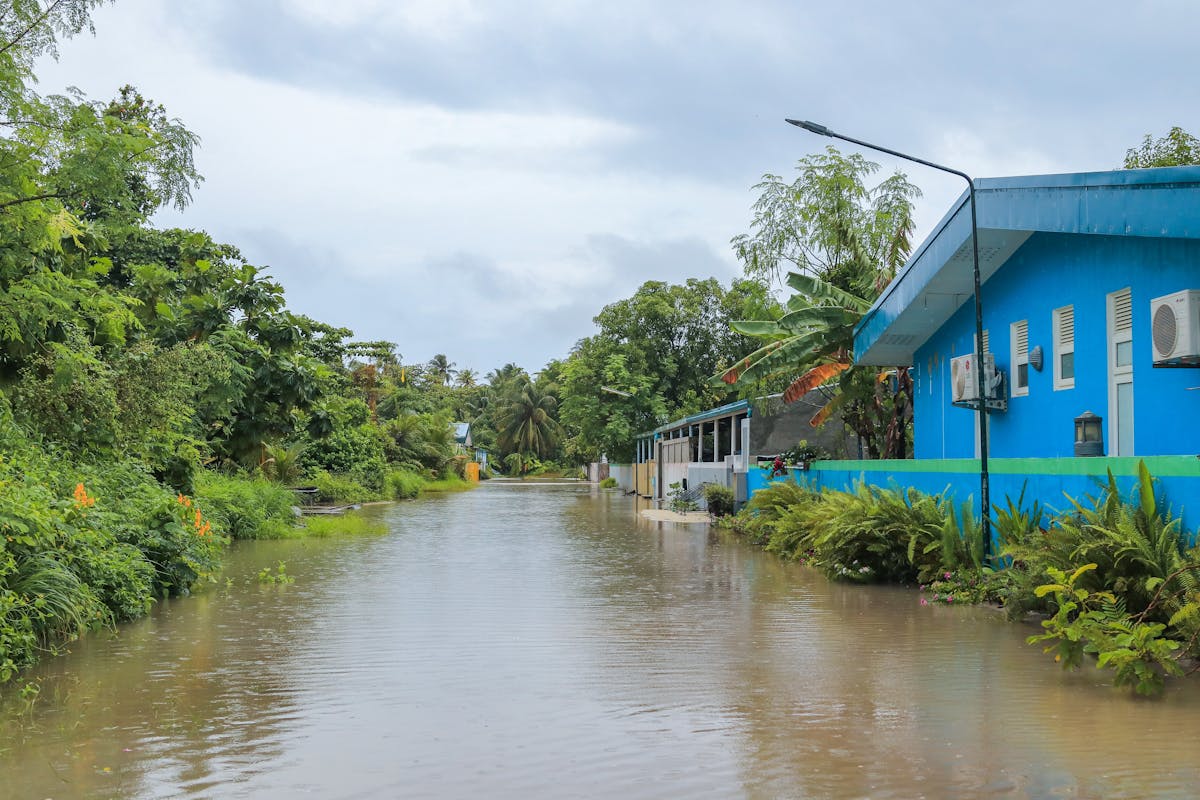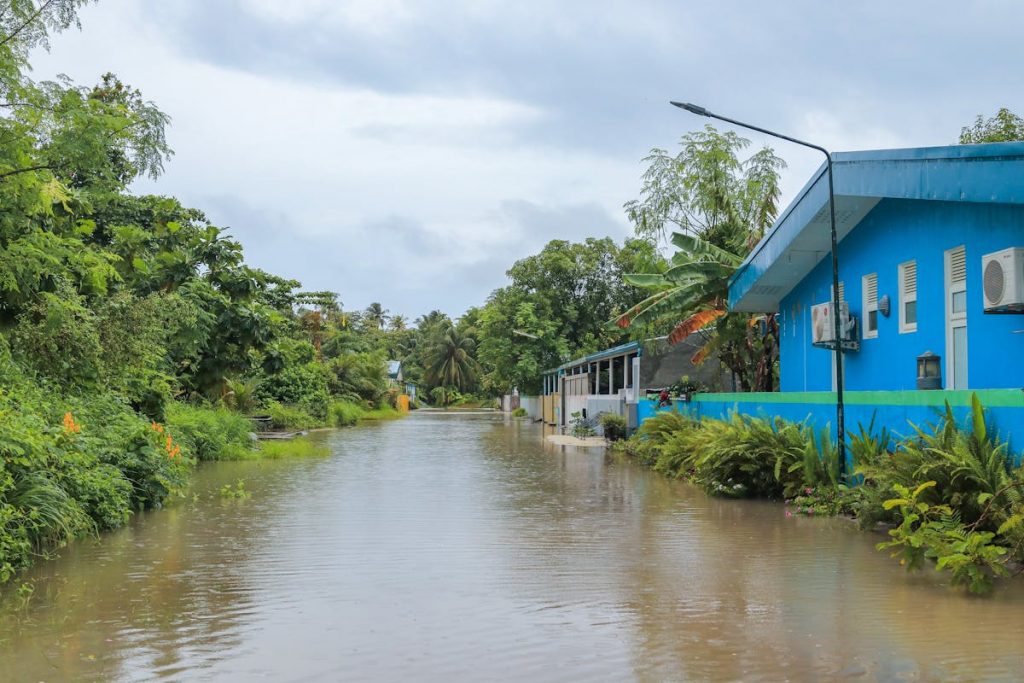- Invest in flood insurance to financially protect your property from flood-related damages and losses.
- Consider elevating your home to prevent water damage in high-risk flood zones.
- Install and maintain sump pumps and effective drainage systems to manage excess water.
- Develop a comprehensive emergency plan, including evacuation routes and an emergency kit, to ensure family safety.
Living in a flood-prone area can be stressful and overwhelming, especially during the rainy season. However, with proper preparation and planning, you can minimize the risk of damage to your property and keep your family safe. This blog will discuss essential tips for keeping flood-prone areas under control. By implementing these strategies, you can better protect your home and loved ones from the devastating effects of flooding.
Invest in Flood Insurance
One of the most important steps you can take to protect your property in a flood-prone area is to invest in flood insurance. Standard homeowners’ insurance policies typically do not cover flooding, so it’s crucial to purchase a separate flood insurance policy. This will provide you with financial protection in case your home is damaged or destroyed by a flood.
Elevate Your Home
If your home is located in a high-risk flood zone, consider elevating it to reduce the risk of water damage. Raising your home above the base flood elevation level can help prevent water from entering your living space during a flood event. Consult with a professional contractor to determine the best elevation strategy for your property.
Install Sump Pumps
Sump pumps are essential tools for keeping flood-prone areas dry and preventing water damage. These devices are designed to remove excess water from basements or crawl spaces before it has a chance to cause flooding. Make sure to regularly maintain and test your sump pump to ensure that it is functioning correctly when you need it most.
Create Proper Drainage Systems
Proper drainage systems are vital to managing excess water in flood-prone areas. Ensure that your gutters are clean and free of debris, and consider installing French drains or swales around your property to redirect water away from your home. By maintaining effective drainage systems, you can significantly reduce the risk of flooding on your property.
Partner up With Professionals
When it comes to protecting your property or neighborhood from floods, it’s always best to partner up with professionals. A reputable stormwater management service provider can help you assess your risk and develop a flood prevention plan tailored to your specific needs. They can also provide ongoing maintenance services to keep your property protected. Additionally, these professionals are well-equipped to handle emergency situations and can assist with flood mitigation efforts.
Develop an Emergency Plan
In case of a flooding emergency, having a well-thought-out plan in place is crucial for protecting yourself and your family. Here are four key steps to include in your emergency plan:
Stay Informed
Monitor weather reports and stay alert for any flood warnings or watches in your area. You can also sign up for emergency alerts from your local government to receive timely notifications. Additionally, stay connected with your neighborhood and community for updates and support.
Create a Communication Plan
Make sure all family members know how and when to communicate in case of an emergency. Designate a specific meeting spot and establish alternative modes of communication in case traditional methods are not available.
Prepare an Emergency Kit
Put together an emergency kit that includes essential items such as food, water, medicine, and first aid supplies. Keep the kit in a readily accessible location, and make sure everyone in your household knows where it is.
Know Your Evacuation Routes

Familiarize yourself with evacuation routes in your area and have a plan for how to evacuate safely if necessary. This may include determining multiple routes in case one becomes inaccessible due to flooding. You may also want to consider having a designated meeting spot outside of your immediate area.
A sound emergency plan can help minimize a flood’s impact and ensure your loved ones’ safety. It’s essential to regularly review and update your plan as needed, especially if there are any changes in your household or surroundings.
Living in a flood-prone area requires a proactive approach and readiness to face the challenges of potential flooding. Investing in flood insurance, elevating your home, installing sump pumps, creating effective drainage systems, partnering with professionals, and developing a comprehensive emergency plan can significantly mitigate the risks associated with flooding.
These strategies not only protect your property but also ensure the safety and well-being of your family. Being prepared allows you to respond efficiently in the face of a flood, minimizing damage and maintaining resilience in adverse conditions. Remember, the key to effective flood management is preparation, vigilance, and the willingness to adapt to new information and technologies as they become available.

